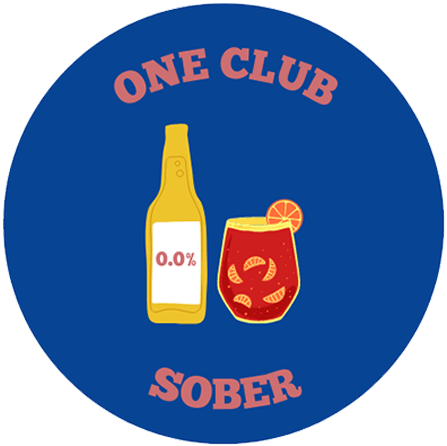There are several methods to make non-alcoholic wine – and it all starts with following the traditional winemaking process and using real wine. Regardless of the method winemakers use to make non-alcoholic wine, the process always start with grapes harvesting.
The grapes are grown, harvested, and fermented using the same methods as they would for an alcoholic wine. Once alcoholic wine is created, there are three common methods of removing alcohol from wine: vacuum distillation, spinning cone columns, and reverse osmosis.
Each method has a different impact on the wine’s flavor, body, and aroma. The biggest challenge winemakers face when making non-alcoholic wine is how to remove the alcohol from the wine without removing the aroma, flavors, mouthfeel, and body.

Three Ways To Make Non-Alcoholic Wine
1) Vacuum Distillation: Wine is put in a vacuum
This is the most common way to make non-alcoholic wines. First, the alcoholic wine is placed inside a vacuum, then it is gently boiled with heat (between 70 and 95 degrees Fahrenheit or 21 to 35 degrees celsius) to remove the alcohol.
The vacuum allows the boiling temperature for the wine to drop when the suction increases, which allows the wine to preserve the maximum amount of flavor and aroma.
If the temperature of the boil gets too hot, some of the flavors and aromas would be boiled off along with the alcohol. Vacuum distillation keeps the boiling to a minimum, which is why it is the preferred way of making non-alcoholic wines.
Once the alcohol is removed via vacuum distillation, winemakers will then add a bit of grape juice or aromatics to improve the flavor profile of the non-alcoholic wine.
2) Spinning Cones
This technology was developed in the 1980s in Australia, and it uses a spinning column that separates the alcohol from the wine through a low-pressure and low-temperature vacuum evaporation. This method is quite similar to vacuum distillation, except it uses inverted cones and centrifugal forces.
The wine undergoes a unique treatment using a spinning cone column, where it is poured into the top of the column, and nitrogen gas is introduced at the bottom. This method extracts the wine’s delicate aromas and flavors while safeguarding it from oxidation.
The iteration of this process occurs multiple times, and the wine is subjected to heat to eliminate the alcohol content.
As the wine traverses through the cones, the alcohol evaporates, and the resulting aroma and flavor essences are gathered separately. These essences are later blended with unfermented grape juice in subsequent stages.

3) Reverse Osmosis a.k.a Filtration
Reverse osmosis is the use of a membrane to filter out the alcohol from an alcoholic wine, and this process is considered to be more expensive and less climate-friendly due to the large amount of water used for filtration.
This method involves high pressure to force the wine through a membrane, which creates two separate products: a highly concentrated wine and a combination of the water and alcohol that slipped past the membrane.
Once the water/alcohol mixture is fully separated, they are further heated so that the alcohol is boiled off and only water remains. The water is then added back into the wine concentrate, and winemakers might add even more water until the non-alcoholic wine has the desired concentration.
Also Read:
